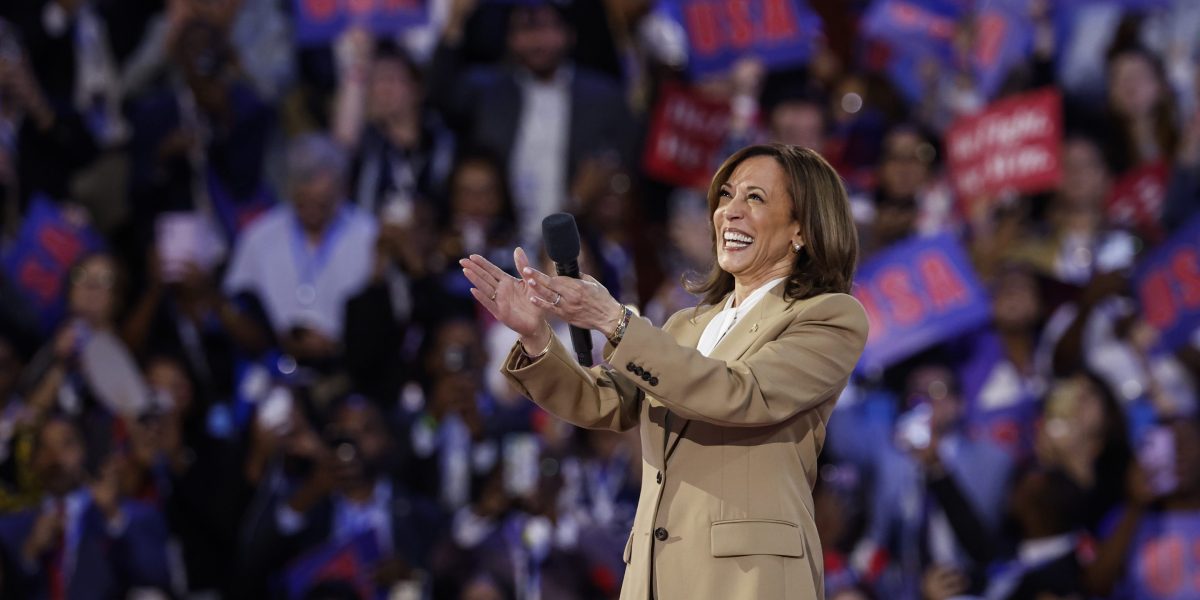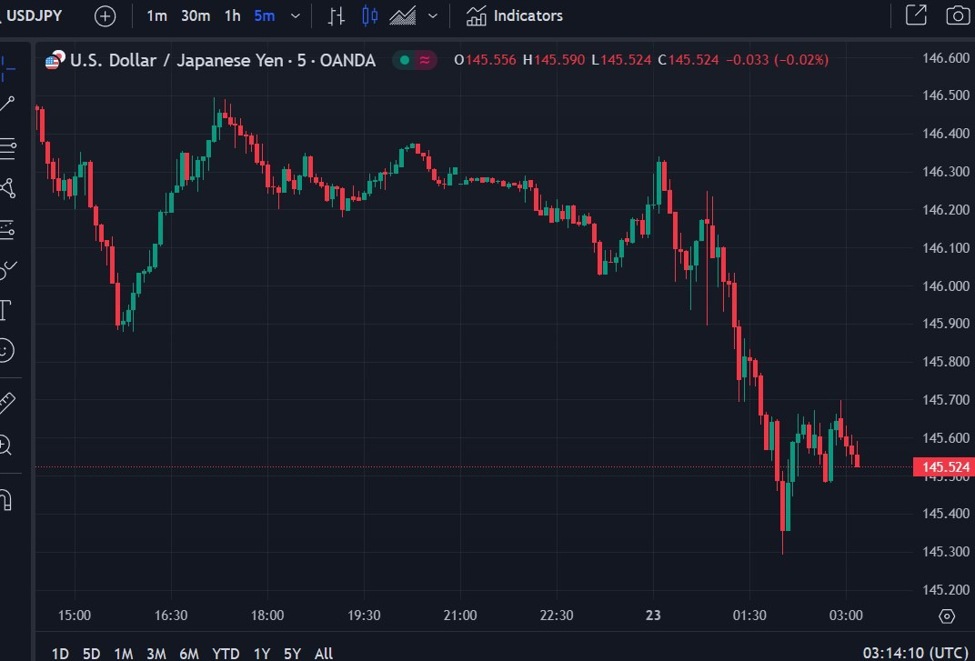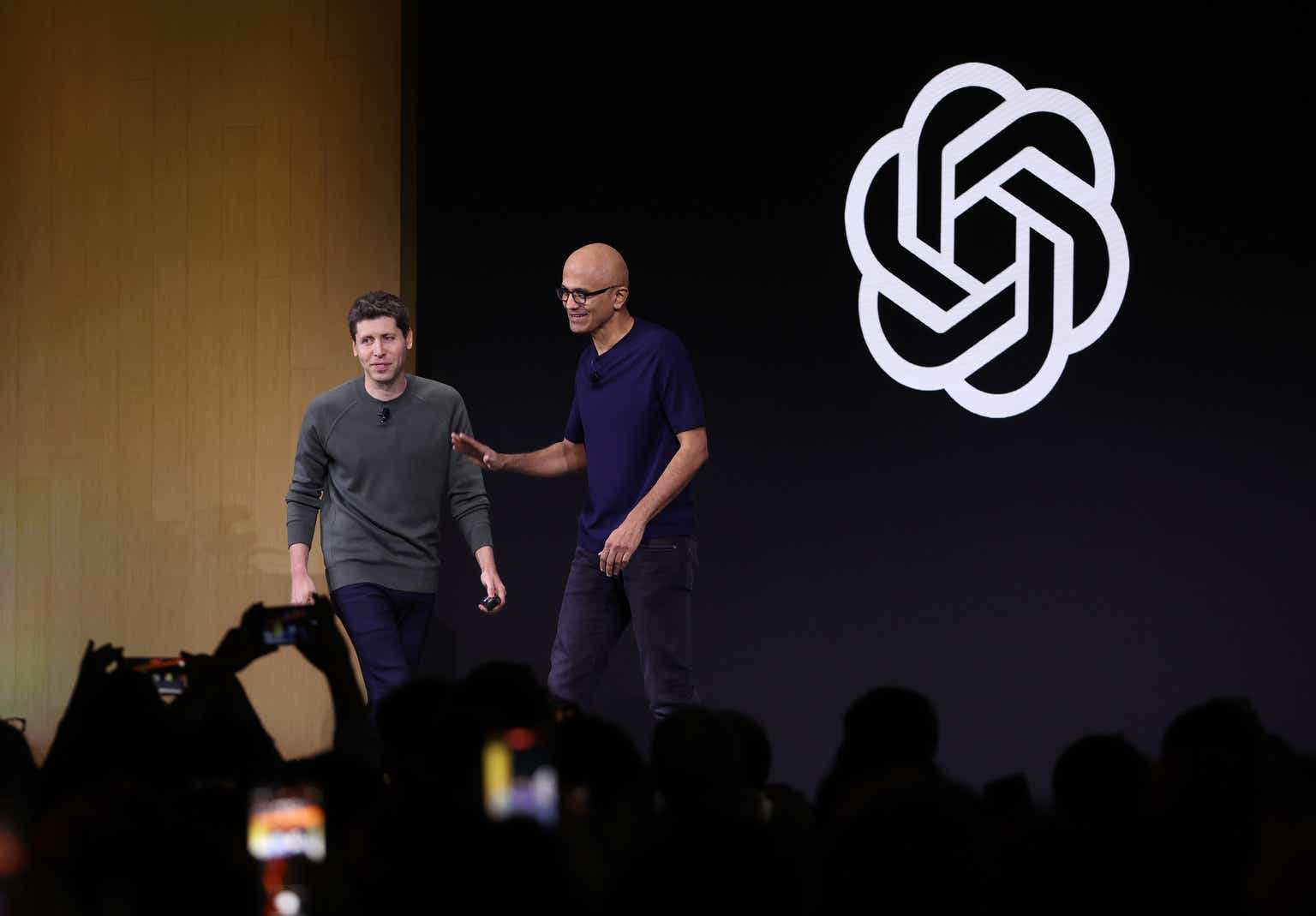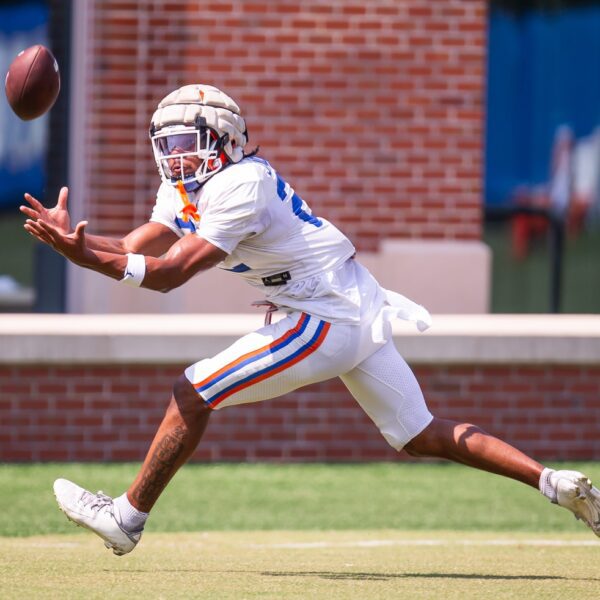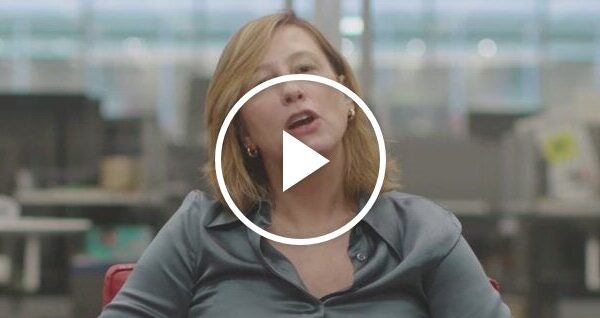

But it isn’t just traditional election predictors that show Harris pulling Democrats back into the race.
This month, Polymarket, the controversial cryptocurrency betting site that accurately called JD Vance being nominated for vice president and Joe Biden dropping out of the race, showed Harris’s odds of winning the presidential election surpassing Trump’s. It was the first time Trump’s odds had dipped below 50% since May, and Harris’ probability rose as high as 54% on Aug. 15.
Unlike traditional betting sites, Polymarket allows traders to buy and sell shares on the outcome of a given event. Any user can make a market by posing a question with a fact-based resolution. Traders then buy shares depending on which outcome they think is most likely. The share price—or “odds”—rise or fall depending on demand, and the contract—or the “bet”—will either rise to $1 and pay out if the event happens the way you predicted, or fall to zero if it does not. Essentially, if you get the answer wrong, your shares are worthless.
“The way that the prices are set on the Polymarket is just by the trading of the individuals on the exchange,” Harry Crane, a statistics professor at Rutgers, told Fortune. “So it’s very much similar to the New York Stock Exchange, or any kind of stock exchange, in that the prices are set by a bid and an ask.”
While individual bettors in the market may have gaps in their information—or biases—taken collectively, the bets on crowdsourced platforms add up to an extremely well-informed opinion on the outcome of the election, and they might be more accurate than traditional polling, said Crane. The success Polymarket has had predicting political outcomes is somewhat surprising considering that betting on elections is illegal in the U.S., and bettors in the U.S. are technically barred from using the platform. But Crane told Fortune that just because the markets are being driven by non-U.S. residents doesn’t make them less reliable. In fact, it might even be an advantage—nonresidents trading on the outcome of the election are less likely to lean Democrat or Republican. In addition, because Polymarket users trading on the election have financial skin in the game, the bettors are likely to be highly informed, said Crane.
Given the high stakes of the upcoming election, sites like Polymarket are seeing surges in trading volume and active users. Trading on Polymarket reached a record high of $380 million in July, up from $110 million in the month before, according to the Block, a crypto news outlet.
Trump’s odds of winning the election spiked on the site after Biden’s disastrous debate performance on June 28, and continued to climb in the next few weeks. At one point shares traded as high as 72%, meaning a 72-cent contract on a Trump victory would pay $1, in the wake of the assassination attempt against him in mid-July. But since Harris became the presumptive nominee, Trump’s lead has slowly drained away. Contracts for a Trump victory fell below 60 cents on July 26, then below 55 cents on Aug. 1. On Aug. 15, contracts for a Trump win were lower than 45 cents. The decline reversed by Thursday, with Polymarket showing Trump leading Harris 52% to 46%.
The relatively new Polymarket isn’t the only crowdsourced prediction site with markets on this year’s presidential election. PredictIt, a site that sprang out of a project from Victoria University of Wellington, has been around for a decade. But Polymarket began generating buzz this summer after a string of correct calls ahead of most pundits.
Even before Biden’s debate performance, bettors were saying there was a 20% to 25% chance he would drop out of the race, and three days before Biden made his decision, the odds were at almost 90%. Similarly, the day before the Republican National Convention, Polymarket had Vance winning the VP nomination at 68%.
“The participants in the market, since they have the financial incentive to make money, they’re incentivized to look at all the information available,” he said. That information includes traditional polling, he said,, but it also includes other factors like economic indicators, voter registration, and recent news events.
Polymarket did not respond to Fortune’s request for an interview.
That isn’t to say prediction markets are always right. In 2016, PredictIt bettors notched Hillary Clinton at an 80% chance of winning the election. But that error wasn’t any worse than the polling from sources like the New York Times, which gave Trump a 15% chance of winning on the day of the election.
“It’s the best available opinion, given all the information we have and given to all the participants who have the information,” Crane said.
History of political betting markets
Betting markets for presidential elections in the U.S. aren’t a new phenomenon. In fact, before scientific polling was well established in the late 1930s and early 1940s, Wake Forest economics professor Koleman Strumpf told Fortune that betting markets were where newspapers got their election predictions.
“Newspapers would report on this on the front page, pretty much for at least the last month before the election, but usually much longer than that,” Strumpf said. “Almost every major city in the U.S. had their own market, but the biggest one was in New York, and it literally existed right outside Wall Street.”
Even back then, betting markets were a remarkably accurate predictor of election outcomes. A study Strumpf authored on the history of presidential betting markets showed that, in the 15 elections between 1868 and 1940, the mid-October betting favorite won 11 times. Only once (Woodrow Wilson in 1916) did an underdog actually win the election.
“They did pretty much pick the winner of the election pretty well and it was something that people at the time knew,” Strumpf said. “So if you would read the newspaper—they would call it the ‘Wall Street betting odds.’ And newspapers would say, like, ‘the Wall Street betting odds are rarely wrong.’ So there was more trust in those markets in the early 20th century than I would say people have in polls today.”
Strumpf told Fortune that betting markets faded from the newspaper coverage of elections in the mid-1930s, right around when Gallup and scientific polling popped up. But sites like Polymarket and PredictIt have regenerated interest in prediction markets as a tool for political analysis.
“People want to know the outcome of this thing, whether you’re betting on it or not,” Strumpf said. “And these markets provide this quick shortcut to wrap up what the conventional wisdom—of a lot of people who are really smart and are thinking about this much harder than me—are thinking about this. That to me is a great news source. Looking at these markets should be on your new digest.”
Polymarket’s future in the U.S. remains in doubt. In 2021, derivative market regulator the Commodity Futures Trading Commission fined the platform over $1 million for operating in the U.S. The CFTC is currently crafting new regulations to crack down on event contracts like the one’s Polymarket provides on U.S. elections. But an uncertain legal environment hasn’t yet dissuaded investors. The platform has raised over $70 million over two funding rounds, led by Peter Thiel’s Founders Fund. This summer FiveThirtyEight founder Nate Silver agreed to join the company’s board.

